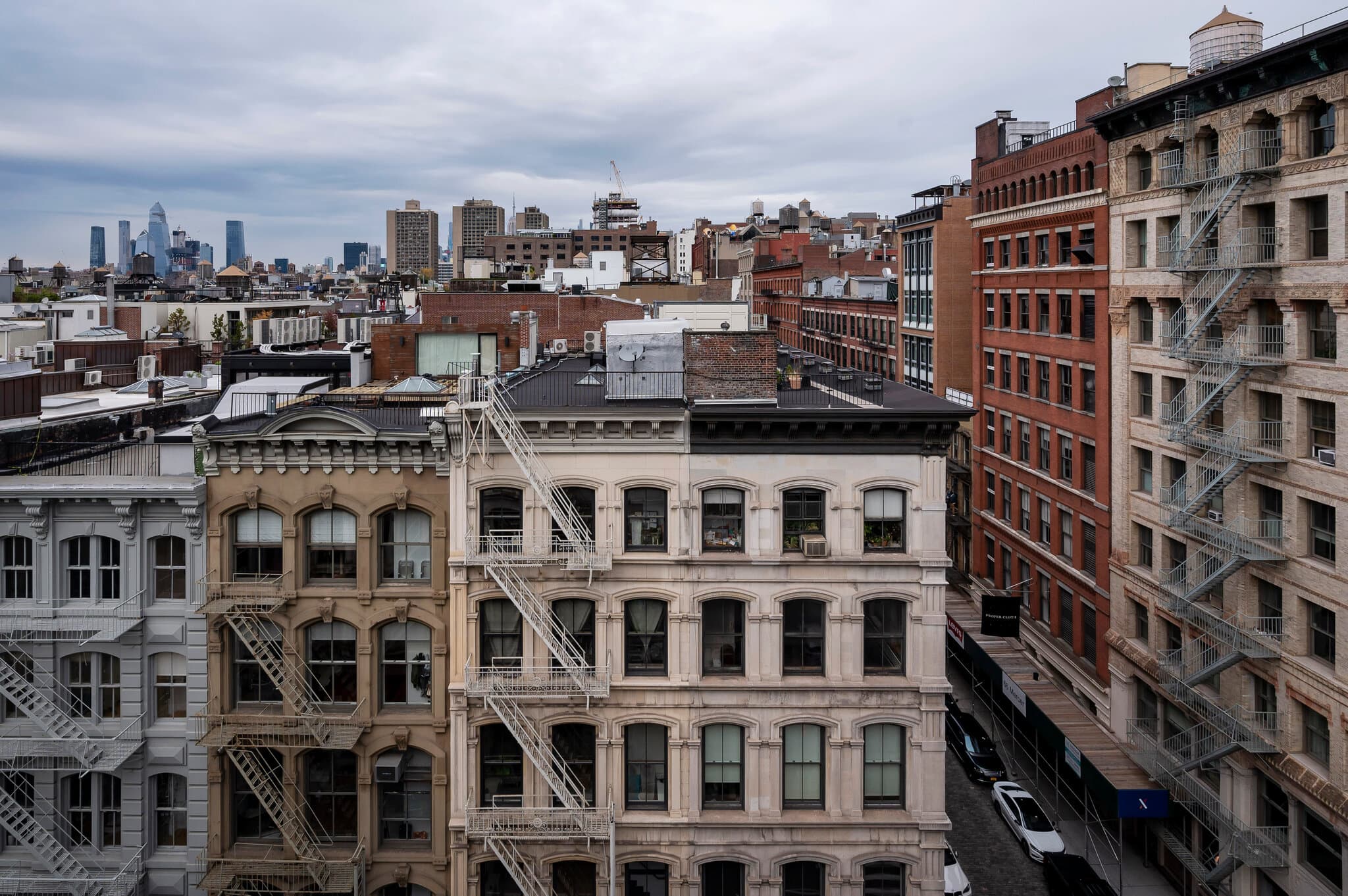SoHo's $692/Month Rent-Stabilized Unit Goes Offline, Highlighting Ongoing Housing Loss

A rare $692 per month rent-stabilized apartment in New York City's SoHo neighborhood has reportedly gone offline following the death of its tenant, sparking renewed concerns over the dwindling supply of affordable housing. The incident was brought to light by Kenny Burgos, who shared the case on social media, suggesting it is not an isolated event but part of a five-year trend.
"Another owner sent me this $692/mo apartment in SoHo — the tenant sadly passed away and now this unit will also stay offline for the foreseeable future," Burgos stated in the tweet. He added, "The bleeding of these units has been happening for 5 years now. 'First slowly, then all at once'."
The scenario underscores a complex aspect of New York City's rent regulation system. While the Housing Stability and Tenant Protection Act (HSTPA) of 2019 largely curtailed high-rent vacancy deregulation, an apartment can still be removed from the rental market if no eligible family member claims succession rights after a tenant's death. Landlords may then choose to keep units vacant, undertake extensive renovations to potentially re-rent at market rates, or convert them to other uses, effectively reducing the stock of available affordable housing.
Prior to HSTPA, which became effective in June 2019, apartments could be deregulated if their legal rent surpassed a certain threshold, often around $2,700-$2,774, upon vacancy. This mechanism led to a significant loss of rent-stabilized units, with an estimated 154,000 units deregulated between 1994 and 2019. Post-HSTPA, the rate of deregulation has reportedly slowed to about 5,000 units annually, but the overall concern about the erosion of affordable housing persists.
SoHo, known for its high market rents, makes a $692/month apartment an anomaly. The loss of such a unit, regardless of the specific mechanism, contributes to the broader challenge of housing affordability in New York City. The tweet highlights a sentiment among housing advocates that even with new protections, mechanisms exist for affordable units to disappear from the market, impacting the city's diverse housing landscape.